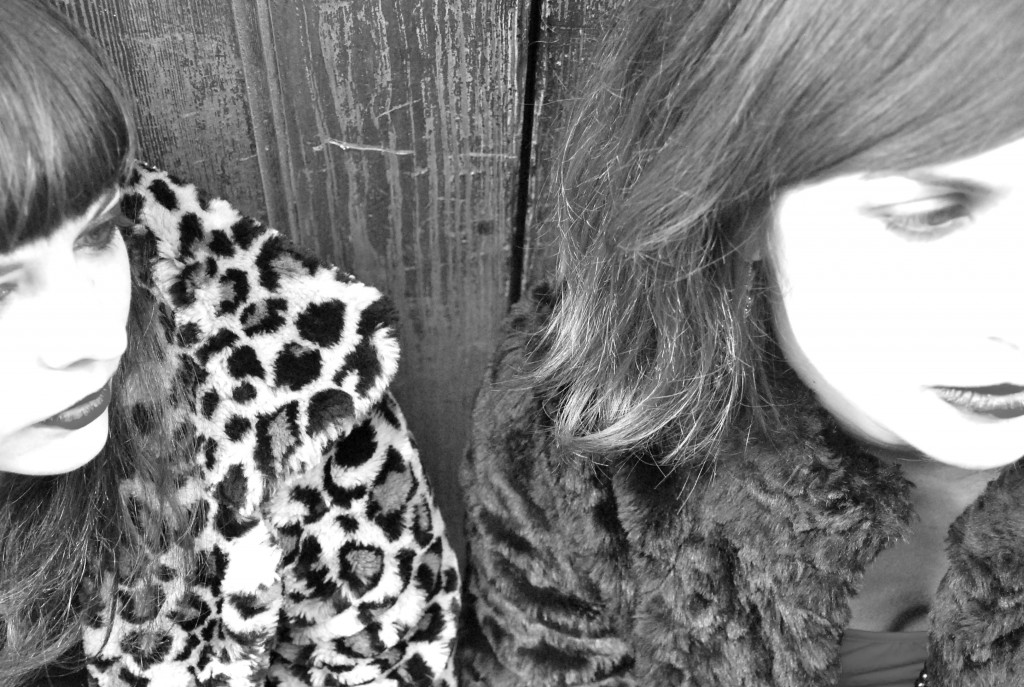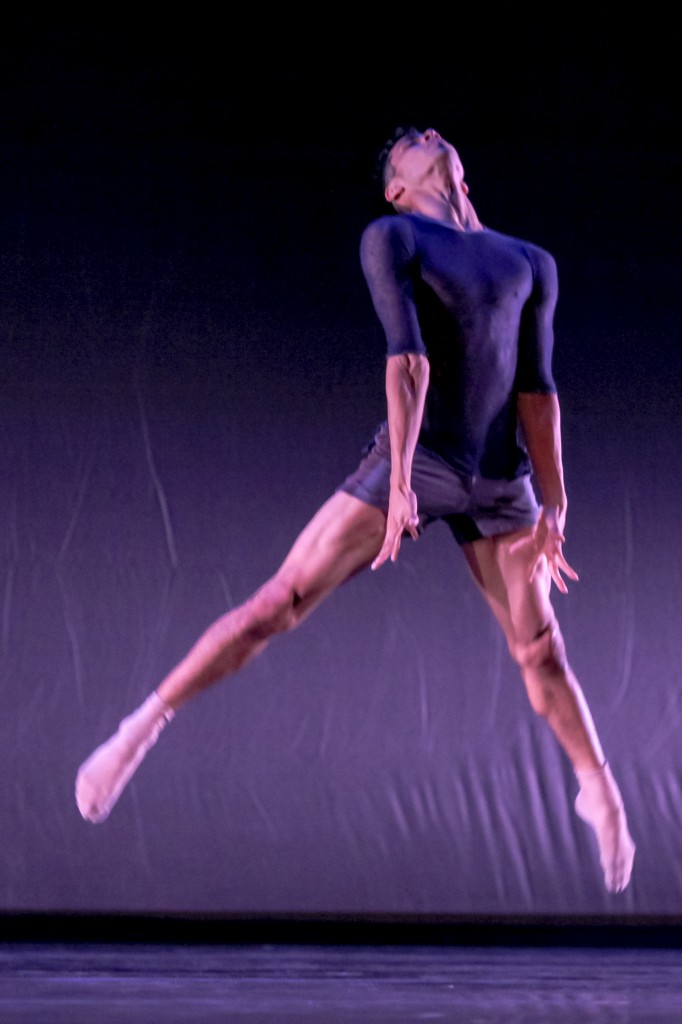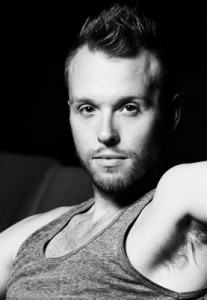
When it comes to choreography, international collaborations are always interesting. The circumstances that bring people together. The sharing of new ideas–ideas from other places in the world. Today we’re going to take a closer look at one of these collaborations that is happening in Chicago, between DanceWorks Chicago and Taiat Dansa from Spain. We asked founders Inma Garcia and Meritxell Barberá to walk us through the process of bringing their work to the Midwest this summer…
Can you tell our readers a bit about Taiat Dansa?
We first met studying dance when we were young. Both of us continued studying until we graduated with degrees in dance as adults. We were passionate about dancing but also really motivated to create our own dance pieces and so more than ten years ago we formed our own company, Taiat.
We always work from the perspective of presenting the body. This is an important distinction for us – we do not want to represent the body or to make dance theatrical; our objective is to present the body in movement. At the same time we also always insist on a strong narrative theme for each piece.
At present we are on tour with two pieces. No Half Measures: Episodes of dance in museums is a piece that was originally commissioned to be performed on International Museum Day on May 18. The aim of the performance was to bring the typical museum-going public into contact with dance, it was a way of bringing the plastic arts and the physical arts together. We accompany the performance with a questionnaire that the audience is asked to complete, to give their impression of the experiment. It was a really successful debut and we were booked by another 22 contemporary museums around Spain, France and the USA. Also, we are performing We are going to make you dance: Chasing Patti Smith. We are also really pleased to perform this piece again as it has been a really enjoyable 3 year run.
Over the past few years we have worked as choreographers for other companies outside of Spain. We find this facet of our work really satisfying.
How did you wind up teaming up with DanceWorks Chicago?
The Cervantes Institute got in touch with us with the project of facilitating a collaboration between our company and a local Chicago company. They offered us rehearsal and performance space and were really helpful. We proposed the idea to Andreas, the Director of DanceWorks, and the rest is history!
What is your collaboration going to look like and what first steps are you taking?
We have had a very short but intense period in which to investigate movement so that the dancers of DanceWorks can become familiar with the dance language that we use. This time has served to delve into the mood and style of Man Ray’s work. What a lot of people don’t know is that Man Ray himself studied dance – in fact people said he was a very good dancer. Later he turned to photography for his artistic expression but for us the inspiration of dance on his work is very clear. So this time with DanceWorks has been for us, and for them, a time to investigate the different ways we can express his vision in dance, a kind of a full circle for his work. Our first step was of course to inspire the dancers, showing them some of Man Ray’s work. The rest is a work in progress that we hope can be developed into a complete show. The progress that we have made so far will be shown in the theatre of the Cervantes Institute on the 25th of August.
What do you think you might be able to bring to this collaboration?
We hope to bring our particular philosophy of dance and movement to the creation of a dance piece around this interesting theme – Man Ray Dancer. We would love to return to Chicago to create the complete work, we are really inspired.
What are you hoping to get from the collaboration?
For us, as we said, choreographing is really satisfying work. We have always created our own pieces, which is something we love doing, but working with other companies we find that our progress and our creativity are really accelerated. The process of creating new choreography is always dynamic and challenging and when we work with other companies apart from our own then it is also a process of give and take. Every dancer we work with teaches us something. In some moments inspiration can come from a certain attitude or move that a dancer makes, sometimes we take that initial inspiration and develop it, so our choreography is the result of the very personal interaction we have with the dancers themselves.
Have you done anything like this before?
Over the last few years, as we said, we have worked with other companies. Our last work in the USA was with the Ballet Hispanico. The difference between our work in the past and this work with DanceWorks is that it is a wonderful luxury to have a time to work together that is specifically for experimentation. Normally we have to jump right into the creation phase. Usually we do the investigative work on our own and arrive ready to begin the choreographic part of the project when we meet the dancers. It is really nice to have time to investigate with the dancers themselves and of course it is different here again because we have the chance to show the public the results of our investigations – this way we can gauge their reactions and that will help us to direct the course of the work in case it is to be developed properly in the future .
What has it been like to work with DanceWorks so far?
Wonderful, really great. Andreas and Julie have been very supportive and lovely. The dancers themselves have been really enthusiastic and they have understood our philosophy perfectly. We have seen the dancers enjoying the investigation process so you can imagine, when we see them happy it makes us really happy too. They have lived up to our greatest expectations. We are delighted to have the chance to work with a young company that has so much drive. They have a very exciting future ahead of them.
_____________________________________
About Taiat Dansa: Meritxell Barberá and Inma García, with degrees in Classical and Contemporary dance from the city of Valencia, founded their own company Taiat Dansa in the year 1999. Since then they have presented their creations in different spaces and festivals within Spain in Valencia, Barcelona, Madrid, the Canary Islands, Sevilla, Murcia and País Vasco; in museum spaces, normally accompanied by an educational work around the country. In the international scene they have performed their work in countries such as France, Germany, Switzerland, the UK and the United States. Also, since 2009 they have worked with other companies as choreographers both nationally and internationally.


















